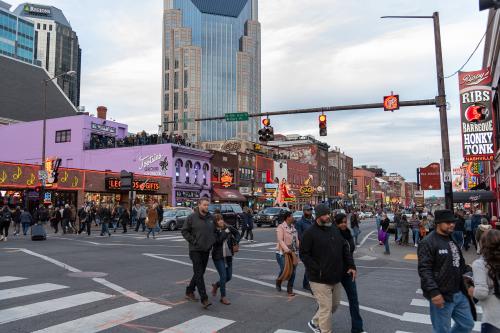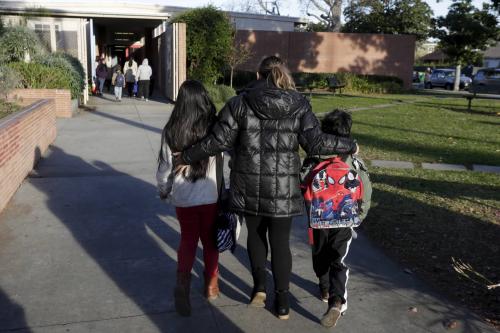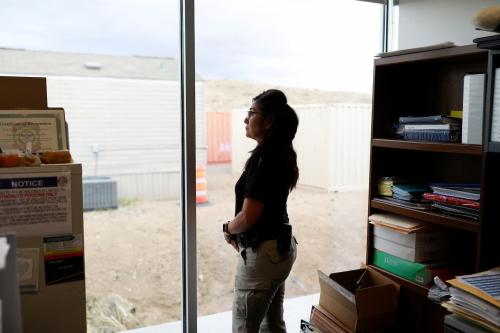Findings
An analysis of poor neighborhoods in the Los Angeles region between 1970 and 2000 indicates that:
- The poor population in the Los Angeles region has become more geographically concentrated over the past three decades. The proportion of the region’s poor individuals who live in poor neighborhoods—with poverty rates of at least 20 percent—doubled over 30 years, from 29 percent in 1970 to 57 percent in 2000.
- Areas outside inner-city Los Angeles experienced the most rapid increases in poor neighborhoods, especially during the 1990s. Between 1970 and 2000, the percentage of poor neighborhoods in suburban Los Angeles County quadrupled; it tripled in surrounding counties, and remained relatively constant in inner-city Los Angeles.
- The racial-ethnic and immigration characteristics of poor neighborhoods changed markedly over the three decades, reflecting regionwide changes. The Latino proportion of the population living in very poor neighborhoods—with neighborhood poverty rates of at least 40 percent—increased more than threefold between 1970 and 2000, while the black share of the population living in very poor neighborhoods declined dramatically.
- More of the region’s neighborhoods became poor in the 1990s than in prior decades. International migration to the Los Angeles region played a major role in the development of poor neighborhoods in the 1970s and 1980s, but contributed far less to their growth in the 1990s.
- Employment in very poor neighborhoods increased considerably in the 1980s and 1990s, while single parenthood declined. The labor force participation gap between very poor and non-poor neighborhoods shrank by one-half over the three decades.
In the past three decades, the Los Angeles region has witnessed a large-scale spatial reorganization of poverty. Where once concentrated poverty was confined to neighborhoods in the inner-city, it has since spread to the suburbs. This shifting concentration of poor neighborhoods is driven mainly by immigration and broader changes in the regional economy. Increasing economic mobility for second and subsequent generations of immigrants through education is the region’s key challenge.


